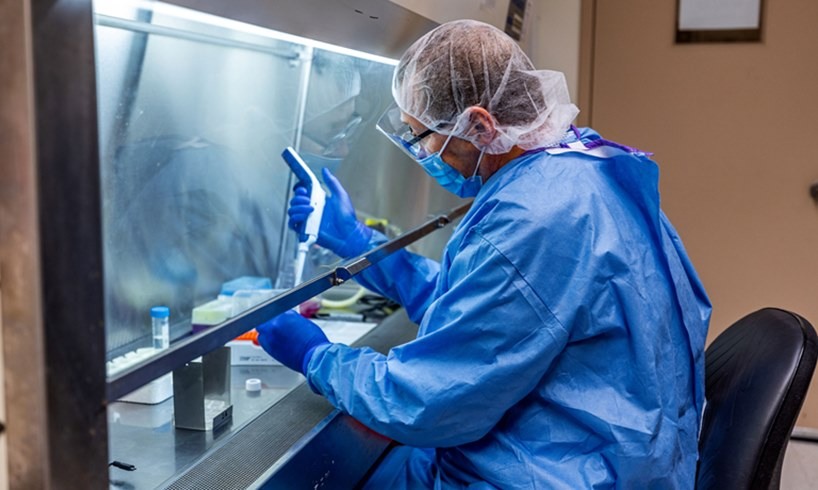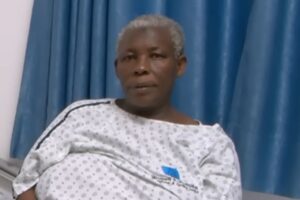
The number of people infected with the coronavirus has hit more than 1 million people, and there are over 52,000 deaths worldwide.
There are more than 6000 people killed by the virus in the United States. The world is holding its collective breath while hoping for a vaccine that will stop the rapid spread of the coronavirus.
On Thursday, the University of Pittsburgh School of Medicine gave an update on the coronavirus vaccine they have been working on for several months.
A group of doctors, researches, and other scientists have been collaborating at the University of Pittsburgh and UPMC thanks to the funding provided by a handful of NIH institutes.
The experts have published their potentially life-saving work in the peer-review journal, Lancet’s EBioMedicine. The doctors have created a new way to deliver the vaccine.
People around the world will not be getting shots; the vaccination process will be done via a simple patch that looks like a tiny piece of Velcro that is called a Microneedle Array.
Dr. Louis Falo, of the University of Pittsburgh School, explained his work: “It’s a lot like a band-aid with hundreds of small needles. In this particular case, the needles are made out of the sugar substance, and we actually incorporate the vaccine directly into the needles.”
Researchers from @PittHealthSci tested a potential vaccine against SARS-CoV-2, which produced SARS-CoV-2 antibodies in mice at quantities thought to be sufficient for neutralizing the virus. The vaccine is delivered through a fingertip-sized patch. https://t.co/rxYKTQ8NhO pic.twitter.com/AZzrCKN9jQ
— UPMC (@UPMCnews) April 2, 2020
Dr. Andrea Gambotto, of the University of Pittsburgh School of Medicine, added: “Back then, we didn’t have the knowledge that we have now on what is needed to, to build an effective vaccine against coronaviruses in general. That was the first emerging that coronavirus.”
Dr. Gambotto went on to reveal that the creation of the patch was possible thanks to their understanding of past viruses and the many new technologies that have been made available to them.
Gambotto also stated: “With that, now we think we have generated that format of vaccine that they could be very effective. It could be relatively easy to manufacture and to apply.”
Dr. Falo took the opportunity to explain the positive sides of using the microneedle array: “So, this is an incredibly safe approach. There is no bleeding with this approach; there’s no pain because the needles are not long enough to reach the circulation or nerves. In addition to that, the amounts of antigen that we’re using are so small that they don’t cause any adverse effects, in and of themselves.”
According to the expert, there are 400 microneedles, and they are the width of a human hair and half a millimeter long. The patch is made of liquid sugar and mixed with the antigen doctors want to use in their vaccine.
Dr. Falo stated: “When the microneedles are hard, they’re able to penetrate the outer layers of the skin. And, then, as they absorb moisture, they actually dissolve and release the antigen into the skin, so the needles are actually the vaccine.”
Dr. Falo continued: “The only competition here is the competition with the virus. I think we’re all trying to work in the same direction. I think it’s better when we don’t compete with each other that we work together on this, and I think the virus is the real enemy here.”
Dr. Falo is hoping that the Food and Drug Administration will fast track the trials and testings in order to save lives.






